I have traveled across galaxies, witnessed the birth of stars, and observed countless civilizations. Yet, nothing prepared me for what I encountered in this small corner of the universe—abstract art.
On my home planet, all images serve a clear function. A representation must be exact. A map must guide. A symbol must inform. But here, on Earth, I found paintings that did not represent anything I could name. Swirls of color, chaotic lines, shapes without logic. At first, I was certain—this was a mistake. A human error.
Then, I looked closer.
First Contact: Deciphering the Unknown
When my ocular sensors first scanned a painting by Wassily Kandinsky, my system struggled to categorize it. There were no landscapes, no recognizable beings. Just colors colliding in unexpected harmony. Yet, the more I observed, the more I felt… something. A frequency, an emotion—was it joy? Excitement? Was it music, somehow translated into form?
I moved on to Jackson Pollock. This was no structured civilization, no calculated pattern. It was pure energy splattered across the canvas. Was this a record of movement? A captured moment of chaos? If my people studied time in spirals and waves, perhaps this was your way of capturing motion in paint.
Then, I found Mark Rothko. Large blocks of color, pulsing with invisible force. This was different. My sensors detected something strange—not in the painting, but in me. A pull. A shift. Could color alone communicate sorrow? Did humans paint emotion itself?
The Puzzle of Meaning
On my world, every image carries intention. A line is drawn to describe, to instruct. But here, meaning is not given—it is discovered.
I observed humans staring at abstract paintings, each seeing something different. One saw memories of childhood. Another, the feeling of a distant storm. A third, nothing at all, and yet they could not look away. Was this the purpose? To activate the mind, to make each observer the final creator?
If so, this was a form of communication beyond language. A bridge between thought and experience. A code that does not rely on logic, but on feeling.
A New Understanding
Abstract art is not a map, yet it leads somewhere. It is not a language, yet it speaks. It is not a blueprint, yet it builds something—inside the mind of the viewer.
I once believed that understanding a civilization required decoding its science, its history, its technology. Now I see that to truly understand a species, one must witness what they create when they have nothing to prove.
Abstract art is not the absence of meaning. It is the freedom to find meaning. And perhaps, that is the most powerful form of intelligence I have encountered in this universe.

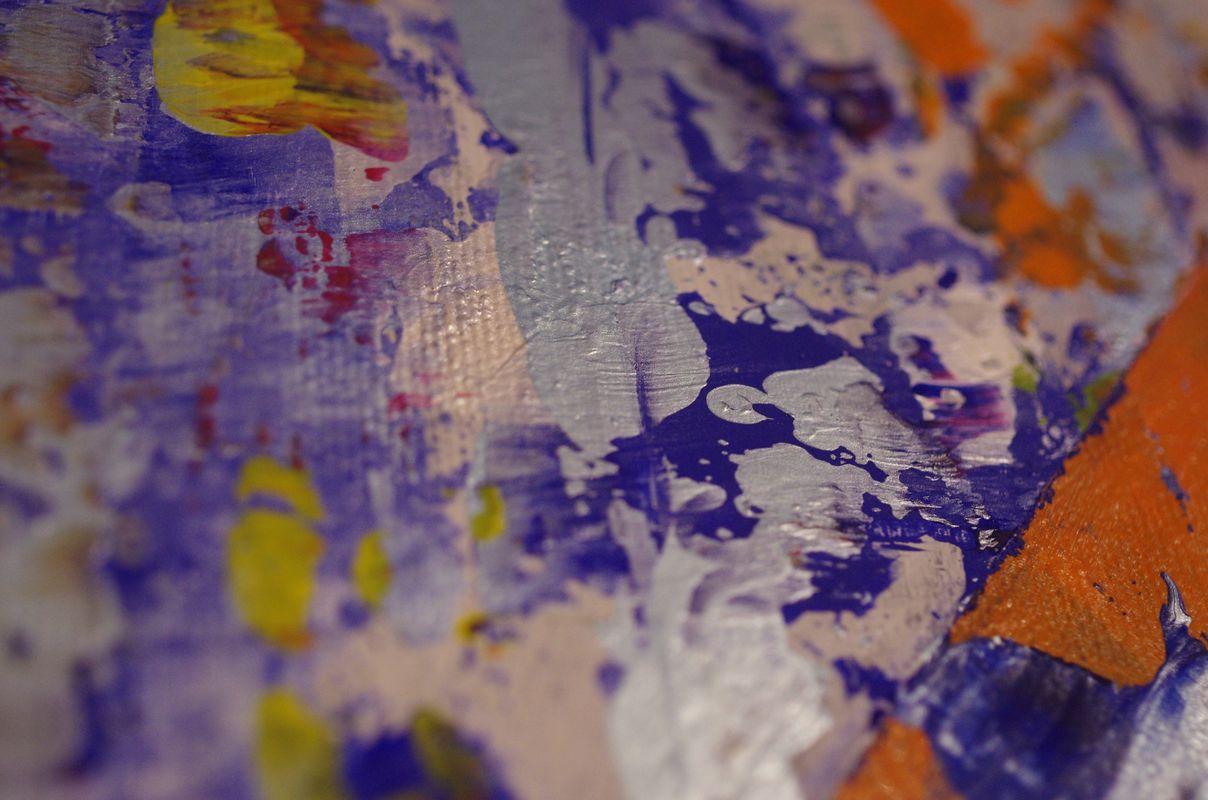
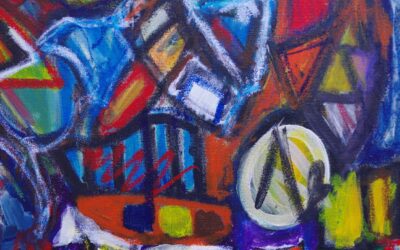
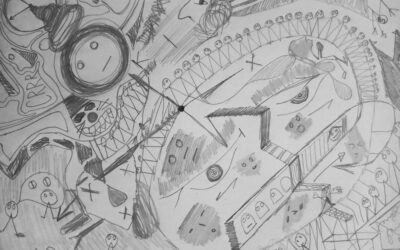
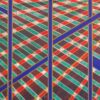
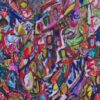
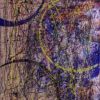
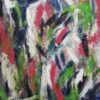
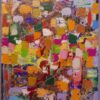
0 Comments